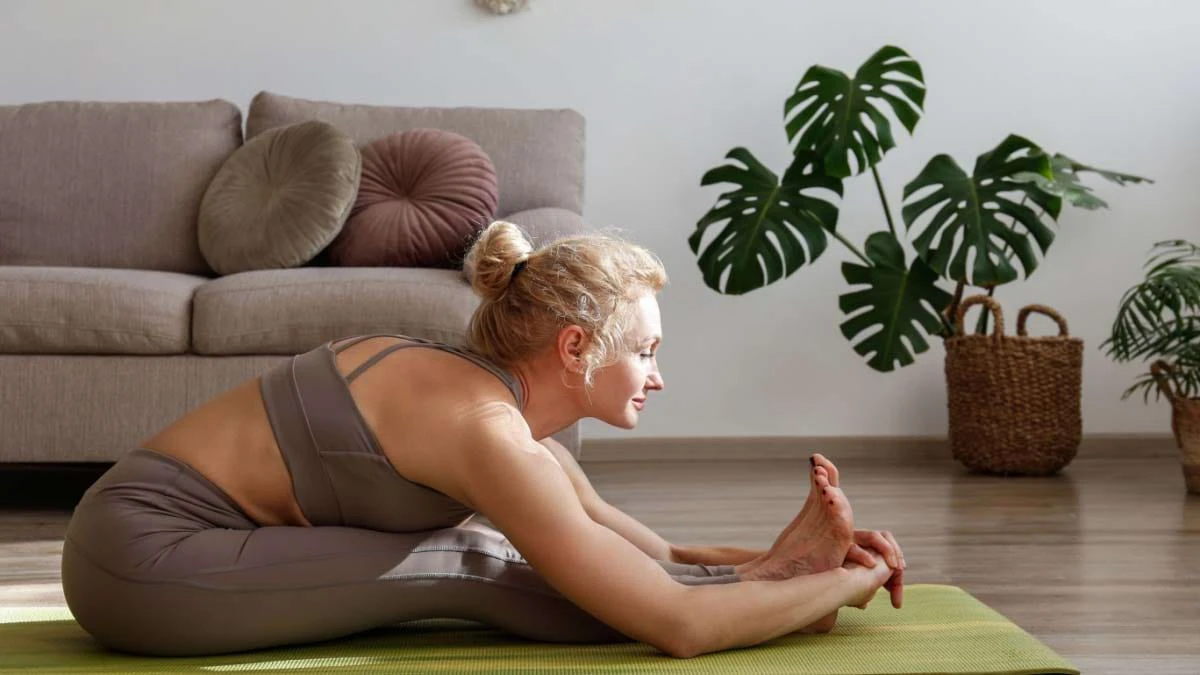What is progressive muscle relaxation: discover its advantages
« Back to blog2024-09-27
Progressive muscle relaxation (PMR) is a deeply effective relaxation technique that can transform the way we handle stress and tension in our daily lives. Developed by the American doctor Edmund Jacobson in the 1920s, PMR is based on the premise that mental tension is directly related to muscle tension. Learning to relax muscles can, therefore, help soothe the mind and reduce stress levels.

What is progressive muscle relaxation?
Progressive muscle relaxation is a method that implies tensing and then systematically relaxing different muscle groups of the body. The objective is to identify the accumulated tension and learn to consciously release it. This process helps people develop greater body awareness, allowing them to recognize and address tension before it becomes a chronic problem.
The PMR process is carried out in several simple steps. First, a specific muscle group is chosen, such as hands or arms muscles. Those muscles are tensioned for a few seconds and then released, paying attention to the feeling of relaxation that follows. This procedure is repeated with different muscle groups along the body, from the feet to the head. Regular PMR practice can lead to a significant reduction in stress and anxiety, as well as a general improvement in physical and mental well-being.
Advantages of progressive muscle relaxation
PMR offers numerous benefits that can improve the quality of life. Among the most outstanding advantages are included:
Stress reduction and anxiety
One of the most obvious benefits of PMR is its ability to reduce stress and anxiety. By learning to relax the muscles, an immediate reduction of physical tension can be achieved, which in turn calms the mind. This is especially useful in high pressure situations, such as exams, work interviews or important events.
Improvement of sleep quality
Muscle tension and stress are common causes of insomnia and other sleep disorders. PMR can help prepare the body for sleep by releasing accumulated tension during the day. Practicing muscle relaxation before bed can facilitate a deeper and deeper dream.
Chronic pain relief
Many people suffering from chronic pain find relief through PMR. Muscle tension often aggravates painful conditions, such as arthritis, back pain and migraines. By reducing muscle tension, PMR can reduce pain intensity and improve mobility and quality of life.
Improvement of concentration and performance
PMR not only helps reduce stress, but can also improve concentration and performance. When releasing the muscle tension and soothe the mind, it is easier to focus on important tasks and improve productivity.This is beneficial both in the academic and professional field.
Strengthening body consciousness
One of the most valuable skills that can be developed through PMR is greater body consciousness. Being aware of physical sensations and how tension affects the body can help identify and address problems before they are aggravated. This ability is especially useful for athletes and people who carry out intense physical activities.
Steps to practice progressive muscle relaxation with a massage chair
Initial preparation
Before starting, it is important to find a quiet moment and place where there are no interruptions. Adjust the massage chair to a comfortable position and make sure that all adjustments (such as massage intensity and temperature) are suitable for you.
Massage program selection
Most massage chairs offer several predefined programs. For PMR, choose a program that focuses on an integral relaxation of the body or one that allows massage customization in different muscle groups. Some massage chairs also have options for specific massages, such as Shiatsu or Swedish, which can be beneficial.
Starting the relaxation process
The massage begins by activating the selected program. While the massage chair works with your body, it complements the experience with deep breathing techniques. Breathe slowly and deeply, focusing on inhalation and exhalation to calm the mind and body.
Progressive muscle relaxation
To integrate the PMR with the massage chair, follow these steps:
- Feet and legs: focus on the muscles of the feet and calves. While the chair massages these areas, gently tense the muscles for five seconds and then relapse them. Feel how massage complements this relaxation.
- Thighs and hips: advances towards the thighs and hips. Again, tense the muscles for a few seconds and then relax them, allowing the massage to deepen the feeling of relaxation.
- Abdomen and lower back: allows the massage chair to work in the lower part of your back and abdomen. While the massage focuses on these areas, tense and relaxes the corresponding muscles.
- Medium and high back: as the massage chair moves up, focus on the middle and tall back. Repeat the process of tensioning and relaxing.
- Shoulders, neck and arms: let the chair massage your shoulders and neck. Tense and relax the muscles of these areas, and then do the same with the arms and hands.
- Head and face: although the massage chair does not directly massage the head and face, you can complement the session with a slight manual massage in these areas, tensioning and relaxing facial muscles.
Progressive muscle relaxation is a powerful technique that can offer a wide range of benefits for physical and mental health. From the reduction of stress and anxiety to sleep improvement and chronic pain relief, PMR is a valuable tool to improve the quality of life. By incorporating this practice in the daily routine, a deeper state of relaxation and well-being can be achieved, which contributes to a more balanced and satisfactory life.
